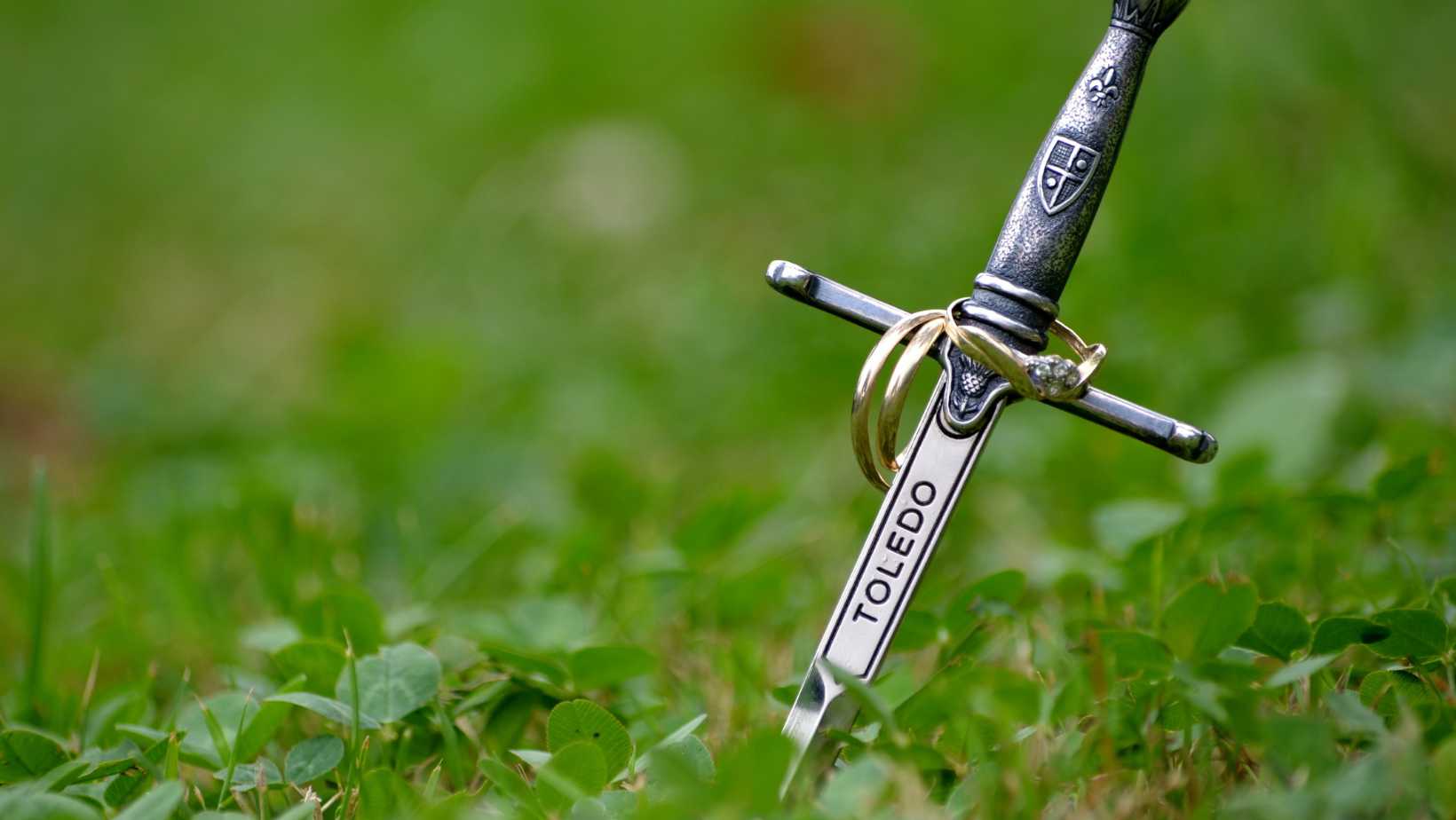Crafting a sword is an intricate process that requires skill and precision. In this article, I’ll guide you through the steps on how to craft a sword, from selecting the right materials to putting the finishing touches. Whether you’re a blacksmith looking for inspiration or simply curious about the art of sword making, this guide will provide you with valuable insights.
To begin crafting a sword, it’s crucial to choose the appropriate materials. High-quality steel is essential for durability and strength. Opt for carbon steel or stainless steel depending on your preference and intended use of the sword. Additionally, carefully select a handle material such as wood or leather that can provide comfort and grip during wielding.
How to Craft a Sword
Crafting a sword is both an art and a science, requiring skill, precision, and a deep understanding of the materials involved. In this section, I’ll guide you through the key steps in crafting a sword. From selecting the right type of steel to considering handle options and finding the perfect blade design, we’ll cover it all.
Steel: Understanding Different Types and Their Properties
When it comes to crafting a sword, choosing the right type of steel is crucial. Various types of steel offer unique properties that affect the sword’s strength, durability, and overall performance. Here are some common types of steel used in sword making:
- Carbon Steel: Known for its exceptional hardness and edge retention capabilities, carbon steel is often favored by experienced blacksmiths. However, it requires diligent maintenance as it can be prone to corrosion if not properly cared for.
- Stainless Steel: If you’re looking for low-maintenance swords with good resistance against rust and corrosion, stainless steel might be your best bet. While it may not possess the same level of hardness as carbon steel, modern advancements have made stainless steel blades more durable than ever before.
- Damascus Steel: Renowned for its distinctive wavy pattern and superior strength, Damascus steel has been prized by sword enthusiasts throughout history. This type of steel is crafted by layering different alloys together through a forging process that creates its unique visual appeal.
Understanding these different types of steels will help you make an informed decision when selecting materials for your sword project.
Choosing the Handle: Factors to Consider for a Comfortable Grip
The handle plays a vital role in ensuring comfort and control while wielding a sword. When choosing a handle material and design, consider these factors:
- Ergonomics: A well-designed handle should fit comfortably in your hand without causing strain or discomfort during prolonged use.
- Grip: The handle should provide a secure grip, even in sweaty or wet conditions. Textured or wrapped handles can enhance grip stability.
- Balance: Consider the balance of the sword and how it feels when held. A well-balanced sword will feel nimble and responsive.
Common handle materials include wood, leather, synthetic composites, and various types of metals like brass or stainless steel. Experimenting with different shapes and sizes can help you find the ideal handle for your sword.

Sharpening And Polishing Techniques
When it comes to crafting a sword, sharpening and polishing techniques play a crucial role in achieving a blade that is not only visually appealing but also capable of delivering precise cuts. In this section, I’ll share some effective techniques to help you hone your sword to perfection.
- Start with the right tools: To begin the sharpening process, gather essential tools such as a whetstone or sharpening stone, honing oil, and a leather strop. These tools are vital for achieving optimal results.
- Preparing the blade: Before diving into the actual sharpening process, it’s important to clean the blade thoroughly. Use a cloth or brush to remove any debris or residue that may have accumulated on the surface.
- Setting the angle: Maintaining the correct angle while sharpening is crucial for obtaining a razor-sharp edge. Depending on your sword’s design and intended use, angles typically range between 15 to 30 degrees. Find an angle that suits your specific needs and stick to it throughout the process.
- Sharpening strokes: When using a whetstone or sharpening stone, apply consistent pressure as you move the blade across its surface in smooth and controlled motions. Remember to maintain the chosen angle at all times.
- Test for sharpness: Periodically check for sharpness by lightly running your finger along the edge (be cautious!). If it feels dull or rough, continue with more strokes until you achieve desired sharpness.
Remember, mastering sharpening and polishing techniques takes practice, so don’t be discouraged if you don’t achieve perfect results right away. With time, patience, and dedication, you’ll become adept at creating beautifully crafted swords that are both functional and visually stunning.
I hope these sharpening and polishing techniques provide valuable insights for your sword crafting journey. Happy crafting!


